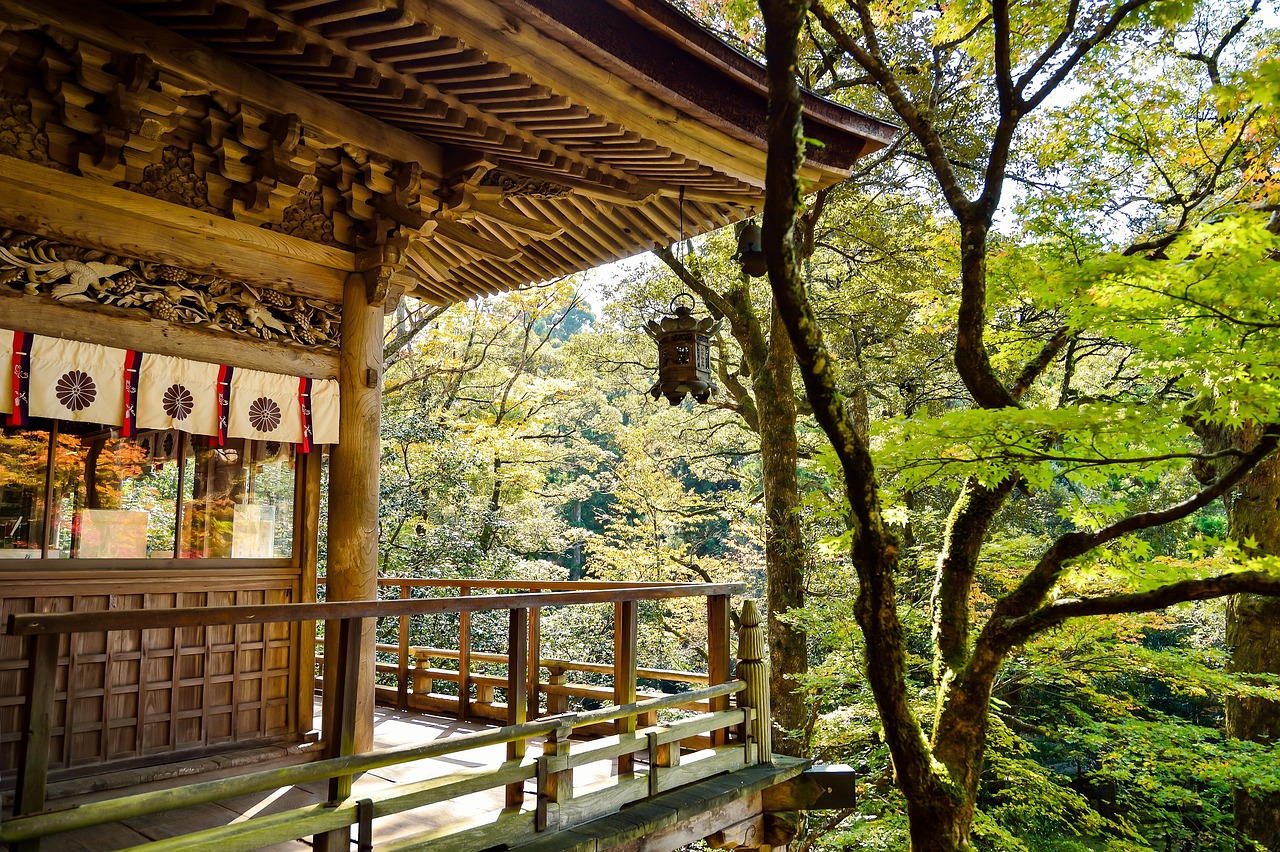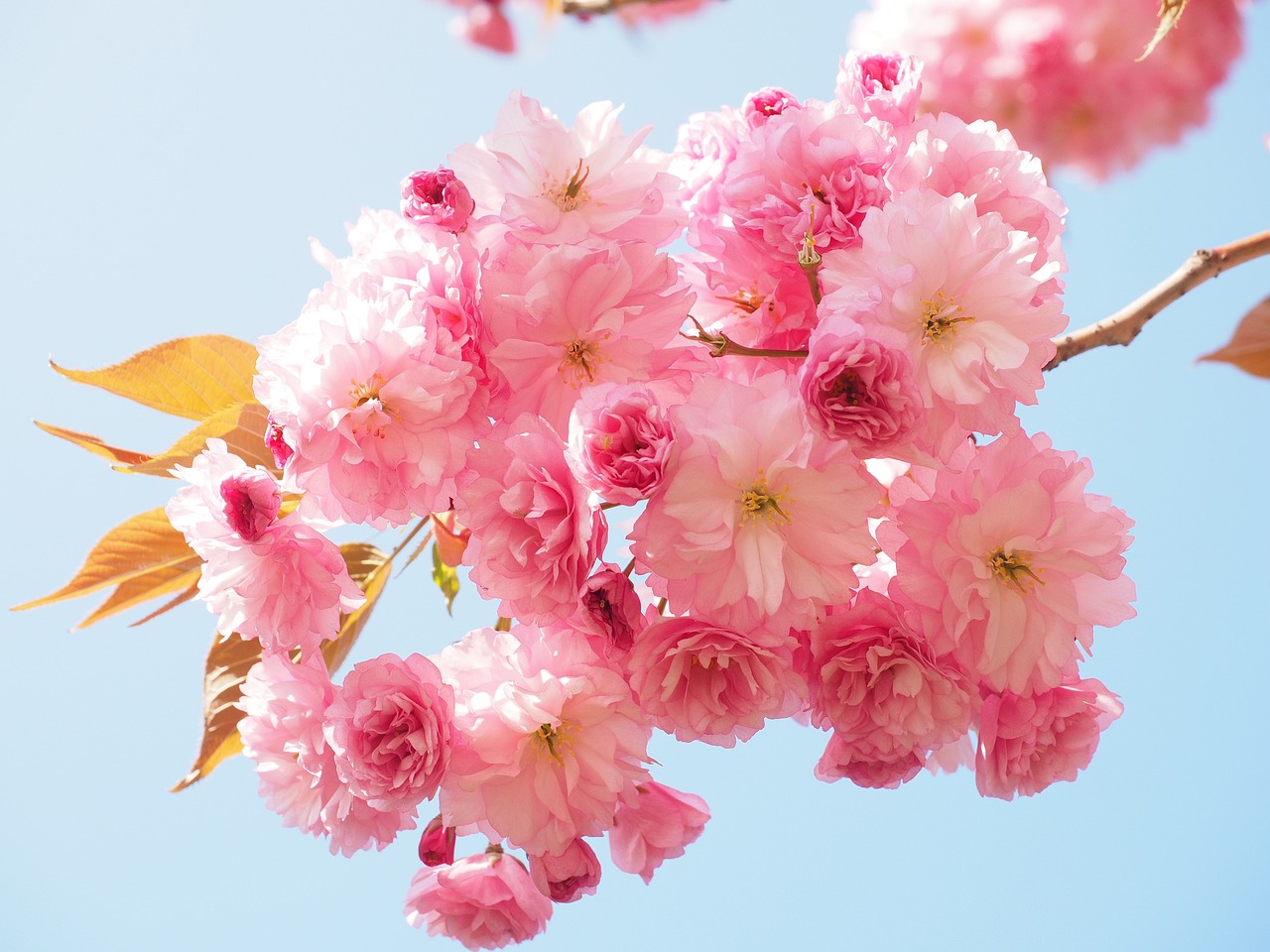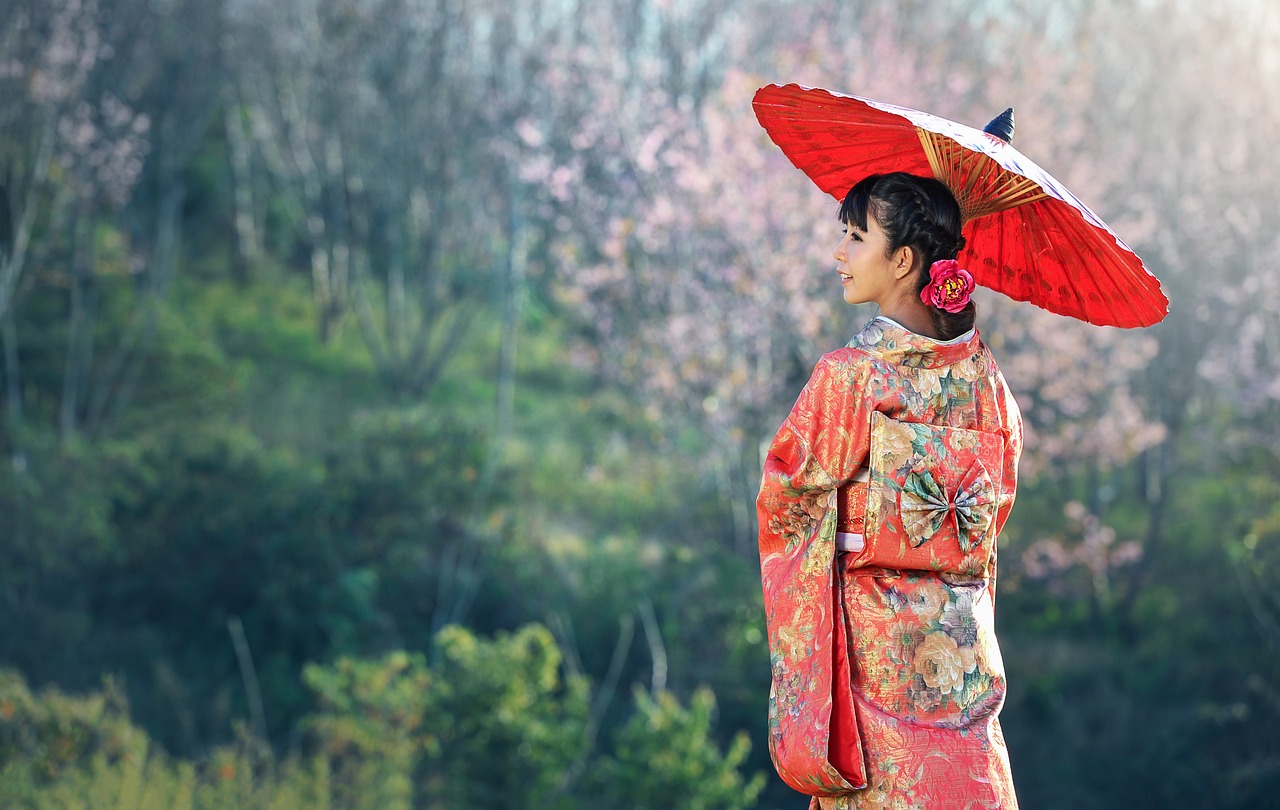
Japan,
an archipelago in the Pacific Sea, is a place that is known for contrasts where old customs exist together with state of the art innovation. Its way of life, saturated with history and impacted by Shintoism, Buddhism, and Confucianism, is an entrancing embroidery of customs, expressions, and manners that keeps on interesting the world.
Fundamental to Japanese culture is the idea of concordance,
both with nature and inside society. Shintoism, Japan's native religion, venerates normal components like mountains, streams, and woods as holy elements, encouraging a profound regard for the climate. This veneration is obvious in practices, for example, hanami (cherry bloom seeing) and shinrin-yoku (timberland washing), where individuals cooperative with nature to track down comfort and serenity.

The tea function,
or chanoyu, exemplifies the quintessence of Japanese style and neighborliness. Established in Harmony Buddhism, this formal planning and utilization of matcha tea accentuate care, straightforwardness, and beauty. Every development, from the exact arrangement of utensils to the fragile rushing of the tea, is instilled with significance and imagery, making an air of agreement and tranquility.
Japanese cooking, known for its newness and show,
is an impression of the country's culinary legacy. From sushi and sashimi to tempura and ramen, each dish is an artistic expression, fastidiously created to entice the faculties. Washoku, conventional Japanese cooking, is perceived as an UNESCO Theoretical Social Legacy for its accentuation on occasional fixings and adjusted flavors.
Artistic expressions prosper in Japan,
with customary practices like ikebana (bloom organizing), bonsai (scaled down tree development), and origami (paper collapsing) enthralling aficionados around the world. Customary performing expressions like Noh, Kabuki, and Bunraku hypnotize crowds with their intricate outfits, adapted developments, and ageless accounts.
Japanese design consistently mixes custom with development,
with old sanctuaries and sanctums remaining close by current high rises. The moderate plan reasoning of wabi-sabi commends blemish and fleetingness, tracking down excellence in effortlessness and severity.

Social decorum, or nihonjinron, assumes a significant part in Japanese culture, overseeing communications and connections. Ideas like tatemae (public veneer) and honne (genuine sentiments) highlight the significance of keeping up with agreement and staying away from struggle in friendly circumstances. Bowing, a conventional type of hello, represents regard and modesty in Japanese society.
In spite of its adherence to custom,
Japanese culture isn't stale however consistently developing. The impact of worldwide patterns, combined with Japan's inventive soul, has prompted the development of new subcultures like anime, manga, and cosplay, which have acquired overall notoriety.
All in all,
Japanese culture is a spellbinding mix of old practices and current sensibilities, established in the upsides of concordance, regard, and care. Its capacity to adjust and rehash itself while remaining consistent with its legacy is a demonstration of the versatility and dynamism of Japanese society. As Japan explores the intricacies of the cutting edge world, its social inheritance proceeds to move and captivate individuals all over the planet.intricacies of the cutting edge world, its social inheritance proceeds to move and captivate individuals all over the planet.intricacies of the cutting edge world, its social inheritance proceeds to move and captivate individuals all over the planet.



You must be logged in to post a comment.